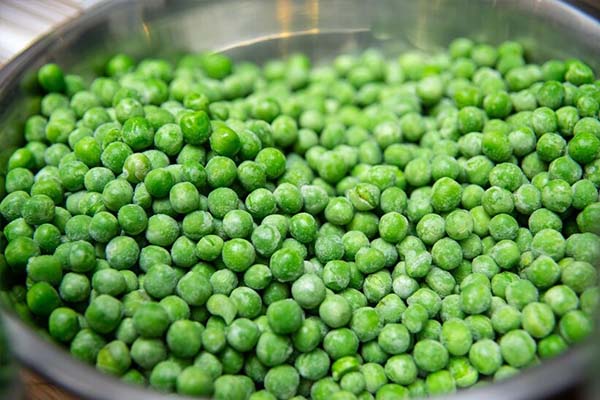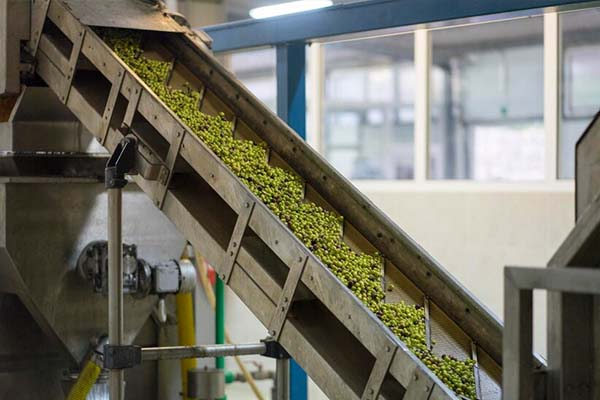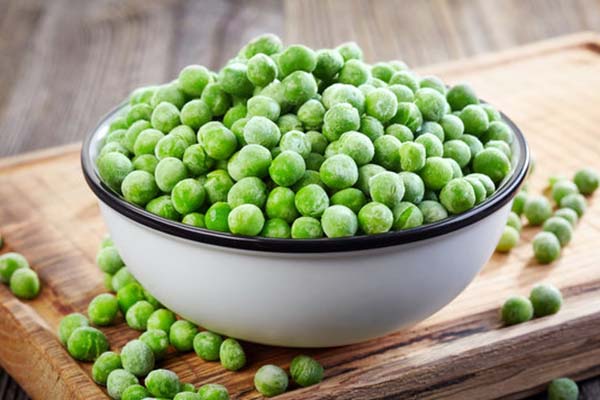
Green peas are a tasty and very nutritious vegetable that should be a part of almost everyone's diet. They're a great source of protein, vitamins, minerals, and soluble fiber. They are also very versatile. Peas can be cooked and prepared in many different ways and can add flavor and interest to many dishes. Another advantage of peas is that they are often inexpensive to buy. In addition to being a component of a meal, green peas can be used to make other foods, including soups, puddings, and porridges. They also make a great addition to items such as salads, stews, pies, pasta, and omelets.
Other states such as Madhya Pradesh and Jharkhand, Himachal Pradesh, Punjab, West Bengal, Haryana, Bihar, Uttarakhand, Jammu and Kashmir, Odisha, portions of Rajasthan, and Maharashtra grow peas on a large scale.it is grown in Karnataka and in the hilly regions like Ooty and Kodaikanal also. The green peas growing area is 0.543 million ha in Madhya Pradesh, and production was 5430 tons. The mature seeds are used as whole or separated into dal and are used in different ways.

|
|
|
|
|---|---|---|
| Size | 6 to 12 (2 % Tolerance) | mm |
| Foreign Matter | Not Detected | g/500g |
| Blond Peas | Less than 1% | g/500g |
| Blemished Peas | Less than 1% | g/500g |
| Peas Fragments | Less than 5% | g/500g |
| Extraneous Vegetable | Less than 0.5% | g/500g |
| Material | Colour : It Shall Have The Characteristic Colour Of Peas (Green) | |
| Organoleptic Characters | Visual Appearance : Evenly Formed, Without Any Damage Or Break In Piece Flavour : It Shall Have The Characteristic Flavour Of Peas. Colour : It Shall Have The Characteristic Colour Of Peas (Green) |
|
| Packaging | 30 Kg White Plain Hdpe Bags With Inner Poly Liner | |
| Loadability | 24 Mt/40′ Reefer | |
| Shelf Life | 18 Months From Dom (Stored At – (Minus) 18 Degree) | |
The crop is cultivated for its tender and immature pods for use as vegetable and mature dry pods for use as a pulse. Tender seeds are also used in soups. Canned, frozen and dehydrated peas are very common for use during off-season. Like any legume crop, pea is an integral component of sustainable agriculture due to its soil enriching and conditioning properties.
To determine the detergent effect of the washer, the percentage of unwanted parts is determined. This percentage is also included in the price of the raw material. Often, coarse dirt is first removed with shake and drum sieves and a blower. Because peas are quite vulnerable, a flotation washer is used. The peas are fed into the machine through a funnel. In the first part of the flotation washer, the remaining coarse and heavy dirt particles are removed. The stream that is formed at the bottom of the washer is so strong that only the heavier parts sink. In the second part of the washer, bark, leaves, and pea peels are sorted because they are lighter than the soaked peas and therefore float to the surface of the water. Using a strong flow of water, the now soggy and sunken peas are pressed to a vibrating sieve screen. Here, any remaining pea peels are loosened and the remaining sand is washed away.


With a conveyor belt or water, the peas are transported to the sorting machine. Here, the peas are sorted. Sorting is important because a pea's size determines its further processing, the difference in filling weight, starch content, and price. The peas sorter consists of 3 to 5 rotating clover leafshaped, perforated drums with a diameter of about 2 meters that are placed on top of each. With water, the peas are led to the upper drum which has perforations of 8 mm. The sieved peas are collected in a gutter and transported with water to a drum with perforations of 7 mm.
After sorting, the peas are blanched. Depending on their size/ sorting classification, the peas are heated up to 75 to 80°C for 2 to 4 minutes. After that, the peas are immediately washed with cold water, preventing the growth of thermophilic microorganisms. In addition, this step removes any starch from the peas, making sure that there will not be any turbid water. Blanching removes any cell moisture from lightly crushed peas, which may otherwise cause flavor inconsistencies when coming in contact with oxygen.


After the blanching the peas are taken to the cooling section where the temperature of the peas reduced, after the cooling steps, the peas are frozen on a conveyor belt freezer using cold air (-35°C), which is blown over the belt. In this way, the peas are frozen in a short period of time (IQF - individually quick frozen). The peas can be stored in bulk and later packaged using a flow packer.
The packaging is the most essential operation after processing it is also convenient for handling and marketing. The peas can be packed in different packaging materials are packed in several types and sizes of packaging on the basis of the nature of the market. 0.25 -1 kg or 2 kg volume packaging is commonly used for the local market. On the packaging labels, data such as weight, country of origin, cost, and date of expiry should be mention properly.
After packaging the storage temperature of frozen peas needs to maintain till consumption the standard temperature of frozen peas is -180° c. When peas are stored in cans and bottle the peas should be stored dry at a temperature of about 10 to 15°C. Usually the cans and jars are labelled only after leaving the temporary storage.
All Copyright © 2024 Saturn Worldwide Impex